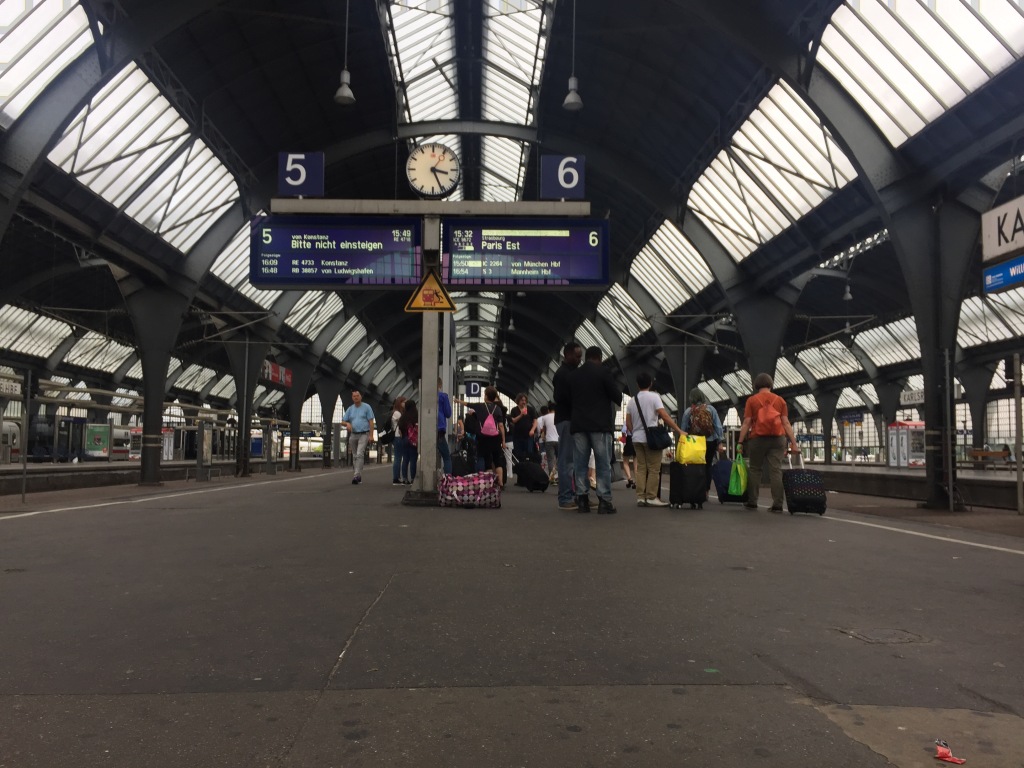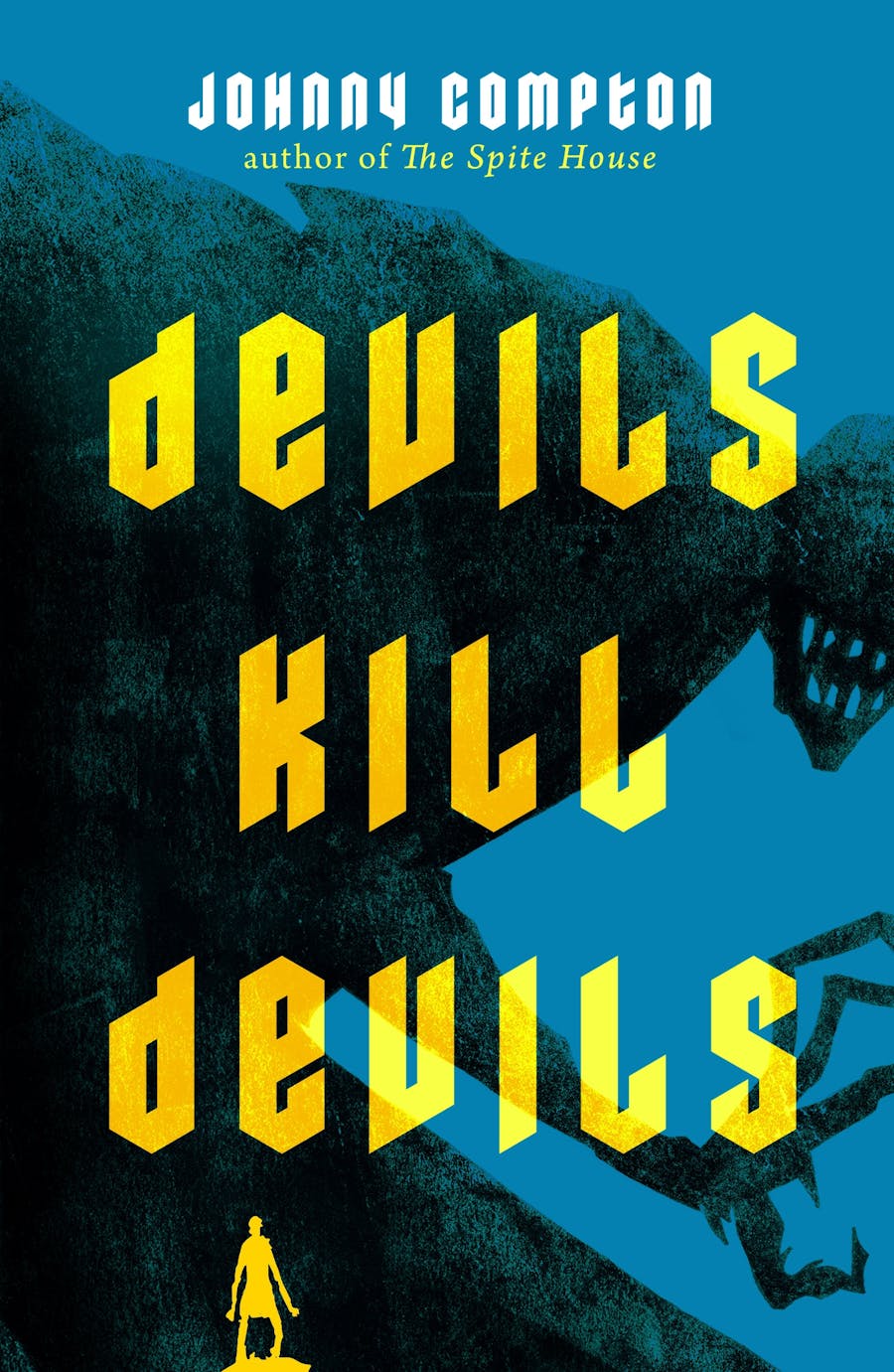All we can do is the best we can do, and it’s okay not to be okay.
This week, as is the case so many places across the country, our school had a surprise shutdown on the occasion of a natural disaster. In our case, it wasn’t fire, or a hurricane, an earthquake, nor was it a safety closure on account of the global pandemic – nor civil unrest. On this day, we had a wind storm. I arrived at our school building with my children yesterday morning, and we had to dodge downed trees and power lines while en route. I didn’t check my phone because I was too busy white-knuckling the steering wheel keeping us on the road, so I didn’t see the notice to stay home if we hadn’t already left. The university just up the street from our school recorded a wind gust of 112 mph mid-morning. Roofs were damaged, sidewalks were upended and destroyed, and fences collapsed or were blown out (as was the case at my home, where the Kool-Aid Man had it out with my fence). School was canceled, and the power was out for nearly 200,000 customers in our area. Internet was spotty, and my phone is working with about 20% functionality. Many landlines were out, too.
In short, this was a day typical of 2020.
Today – the day after – the wind ended early this morning after about 30 hours of that sustained wind event. The power is still out for over 100,000 homes and businesses around the valley, trees with 30-ft-diameter root structures are lying across power lines and litter parks and yards, and students who were learning remotely last week are unable to connect to our school.
So, what is a teacher to do for those students who are able to show up?
We do what we can, and it’s okay if it’s not perfect.
This morning, I had two 80-minute periods of my Humanities class. I decided it was a good day to talk about story structure. No internet meant that my students couldn’t pursue the investigation I had planned, so it was all off-the-cuff because – like so much else this year – necessity demanded it.
So we started with the three-act structure. We talked about Moana and The Hunger Games. Students learned the shape of story arcs. We talked protagonists and antagonists. We moved to the Hero’s Journey and discussed everything from the Call to Adventure and Crossing the Threshold to the Abyss, the Transformation, and the rest. I let them know that they should now be able to predict what will occur in every story they ever read or see. So as not to ruin their experiences, I helped them to think about the ingenious ways that excellent writers and other creators have ducked our expectations and told stories following similar or even identical paths have surprised and amused us. Then we began crafting our own story.
It wasn’t perfect, but it worked. The students learned something new. It wasn’t equitable – kids at home couldn’t connect, and they haven’t gotten this lesson. I decided the three-week unit we began last week is now a four-week unit. Everything is pushed back. I can do this.
Remember: It’s okay not to follow our formerly best-laid plans.
Today will be okay even if we’re not okay. We have a saying among me and my colleagues: “The kids will be alright.” For us, this means that we know what we’re doing, and even when we don’t, we still do know better and are more capable as compared with literally anyone else in our shoes. We need to trust our best efforts. The kids will be okay. We won’t destroy or even damage them by doing our best in a tough situation.
I’m saying all of this as a reminder and self-affirmation. It’ll all be okay. Nothing needs to go as planned. We can spend a day – or a week – just talking about and creating stories.
Hopefully the shared experience is useful to a reader.








Leave a comment